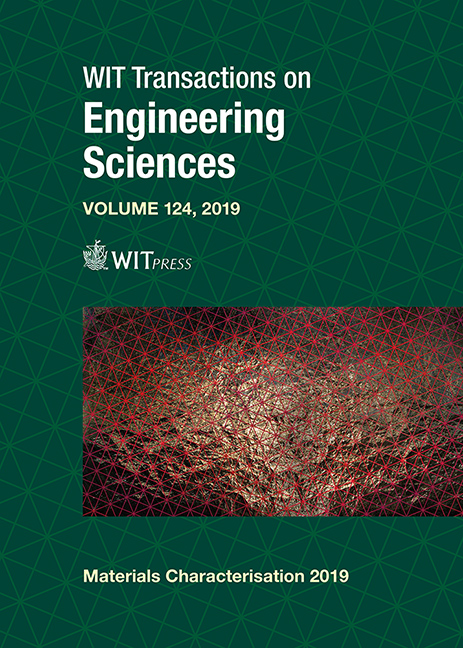EXPERIMENTAL–NUMERICAL CALIBRATION OF THE FRACTURE LOCUS OF WEATHERING STEEL
Price
Free (open access)
Transaction
Volume
124
Pages
9
Page Range
219 - 227
Published
2019
Size
562 kb
Paper DOI
10.2495/MC190211
Copyright
WIT Press
Author(s)
FRANCO CONCLI, LORENZO MACCIONI
Abstract
Weathering steel, specifically Cor-Ten (or CORTEN) steel is a material particularly exploited in the last century for various outdoor applications, e.g. bridges, building facades, artworks etc. In addition to a tensile strength comparable with other construction steels, the natural oxide of this material, that is common rust, has the same specific volume as the metallic core. This ensures the adhesion of the oxidized protective layer as for aluminium. Therefore, the stable rust layer protects the raw material from further corrosion. This characteristic overcomes the need for painting and maintenance. These properties boost the exploitation of Cor-Ten in several civil applications, also where safety is a fundamental requirement, e.g. guard rails used, for example, in the South-Tyrolean region along the highways. With the aim of verifying or optimizing such safety applications, it is important to know the ductile behavior of the material. Indeed, during an impact, the main purpose of the structure is to absorb energy and this implies that large deformations will take place. Experimental quasi-static tests were performed on several sample geometries made of Cor-Ten. The same tests were also numerically reproduced, to retrieve the actual stress state, quantify the plastic strain at failure and calibrate a ductile damage model. The material model is based on both the classical incremental model of plastic response with isotropic hardening and the phenomenological concept of damage in continuum mechanics.
Keywords
ductile fracture, Cor-Ten, fracture locus, experimental, FEM





